This guide will walkyou through all aspects of where to plant calla lilies, from choosing the right environment to understanding their specific needs.
Understanding Calla Lilies
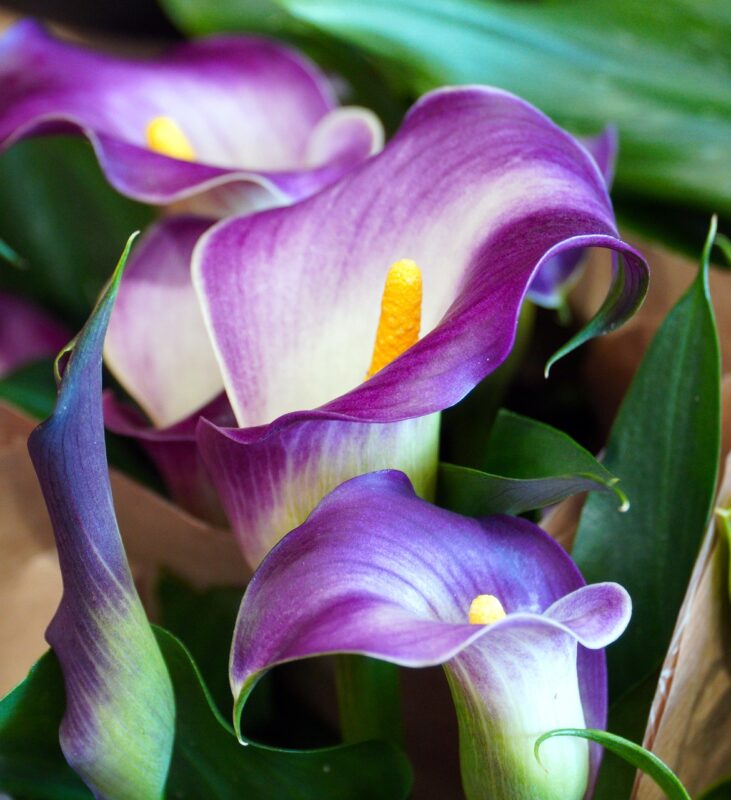
Before diving into the planting specifics, it’s helpful to understand what calla lilies are and what they require. Despite their common name, true calla lilies (Zantedeschia spp.) are not true lilies at all. They belong to the family Araceae and are native to southern Africa. These versatile flowers are available in various colors, including classic white, vibrant pink, deep purple, and even striking black.
Calla lilies are often grown for their spectacular blooms and lush foliage. They can be planted in gardens, containers, and even water features, making them incredibly versatile. Their unique, funnel-shaped flowers create a stunning focal point in any landscape.
Choosing the Right Climate
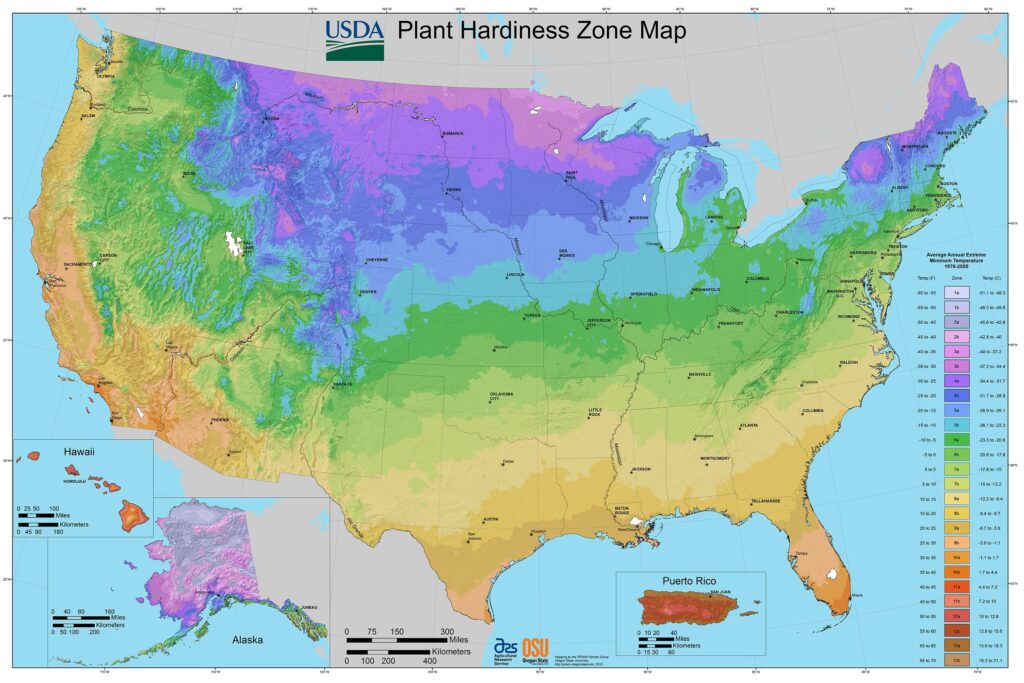
The first step in determining where to plant calla lilies is understanding their climate preferences. Calla lilies thrive in USDA hardiness zones 8 through 10. This means they prefer climates where the winters are mild and the summers are warm. If you live in a colder area, you can still enjoy calla lilies by planting them in pots and bringing them indoors during the colder months.
Ideal Temperature Range
Calla lilies prefer temperatures between 60°F and 75°F (15°C-24°C). They can tolerate some fluctuations but generally do best in warm conditions. The key is to avoid frost, which can kill the tubers. If you’re in a cooler climate, consider starting calla lilies indoors and then transplanting them outside once the danger of frost has passed.
Selecting the Right Soil

Healthy soil is vital for the growth of calla lilies. A well-draining, rich soil will provide the nutrients and moisture necessary for these plants to flourish. Let’s look at soil characteristics that will maximize your calla lilies’ potential.
Soil Composition
Calla lilies thrive in loamy, organic-rich soil with good drainage. A mixture of compost, peat, and perlite can create an ideal environment. You can enhance your existing soil by incorporating well-rotted compost or organic matter. A pH level of 6.0 to 6.5 is preferable, as it provides the optimum balance for nutrient absorption.
Drainage Considerations
Because calla lilies are susceptible to rot, ensure that the planting area has excellent drainage. Standing water can lead to bulb decay, so choose a location that does not retain excess moisture. If your garden soil doesn’t drain well, consider creating raised beds or planting in containers with drainage holes.
Sunlight Requirements
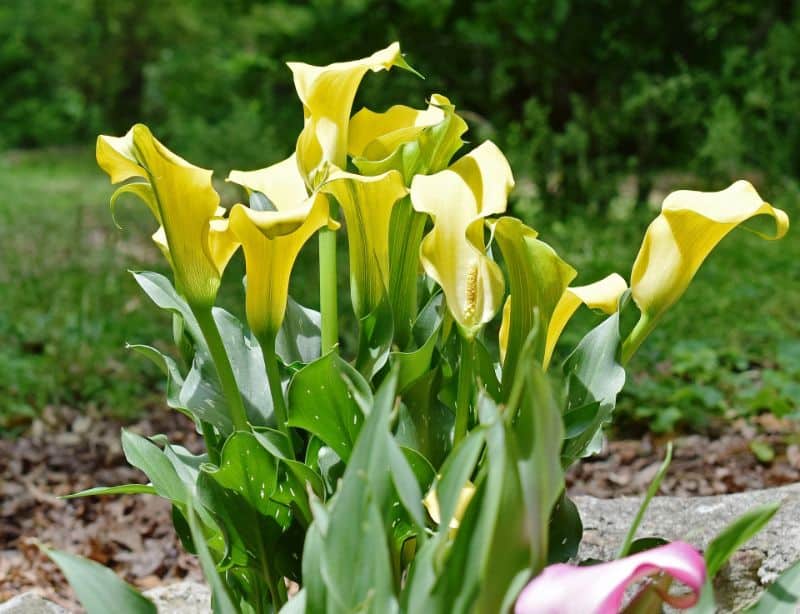
Sunlight is crucial for the health of your calla lilies. These plants flourish best when they receive plenty of sunlight, but it’s important to find the right balance.
Optimal Sunlight Exposure
Calla lilies generally prefer full sun to partial shade. Ideally, they should receive around six hours of direct sunlight each day. However, in extremely hot climates, some afternoon shade can help protect them from scorching. Observing your planting area to assess the sunlight it receives at different times of day will give you insight into the best spot for your callas.
Microclimates
If your garden has microclimates—areas that have different sunlight or temperature conditions than the surrounding areas—consider these variations when planting your callas. For example, a spot that is warmer during colder months or slightly shaded during the hottest days can be ideal for finding a comfortable environment for your plants.
Spacing and Arrangement
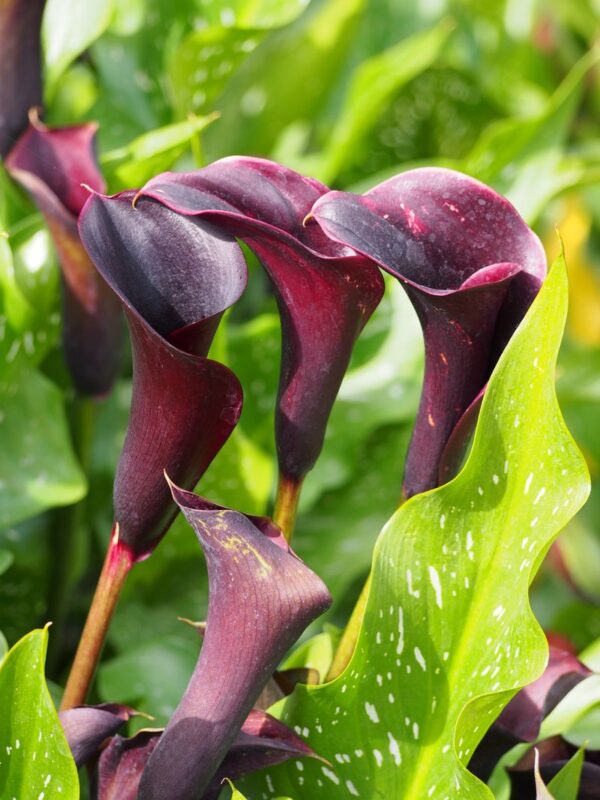
When planting calla lilies, spacing is an important consideration to ensure they have enough room to grow and thrive. Proper arrangement can make all the difference in both aesthetic appeal and growth.
Recommended Spacing
When planting calla lilies, space them about 12 to 18 inches apart to allow for ample airflow and root growth. This spacing will help prevent overcrowding, which can hinder blooming and promote diseases.
Group Planting for Impact
Calla lilies are particularly striking when planted in groups. Consider clustering them in groups of three or five for a more impactful display. Alternating colors can create a vibrant, eye-catching arrangement that showcases the varieties.
Container Growing Options
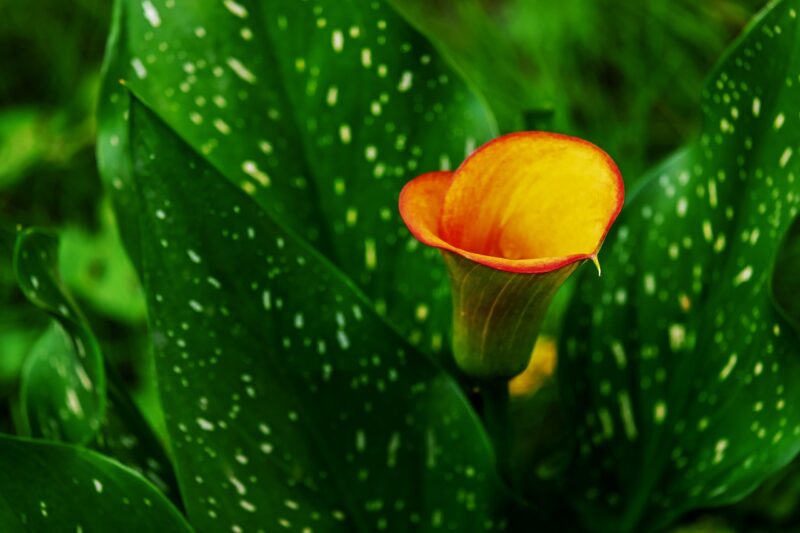
If you’re limited on space or if you live in a region outside their hardiness zone, consider growing calla lilies in containers. This option offers versatility and allows you to enjoy these beautiful flowers even in challenging climates.
Choosing the Right Container
Select pots that are at least 12 inches deep and have drainage holes. Terracotta pots are an excellent choice as they allow for good airflow to the roots and help excess moisture evaporate. Ensure the container is large enough to accommodate growth without becoming crowded.
Potting Mix
Utilize a well-draining potting mix, ideally a blend containing peat moss, perlite, and compost. This will mimic the ideal garden soil while providing the drainage necessary for healthy growth.
Indoor Versus Outdoor Containers
If you’re growing calla lilies indoors, placing them near a bright, indirect light source will provide adequate conditions for growth. Outdoor containers should be placed in a spot that receives at least six hours of sunlight but is shielded from harsh afternoon sun in hotter climates.
Watering Requirements

Watering is a crucial aspect of planting calla lilies. These plants prefer consistently moist soil, but overwatering can lead to root rot.
Establishing a Watering Routine
After planting, water your calla lilies thoroughly to help the tubers settle in. As a rule of thumb, water when the top inch of soil feels dry. During the growing season, be prepared to water your callas once or twice a week, depending on your climate and rainfall.
Sign of Overwatering
Be vigilant for signs of overwatering, such as yellowing leaves or wilting stems, which can indicate root rot. Make adjustments to your watering schedule as needed to maintain a healthy balance.
Fertilization Practices
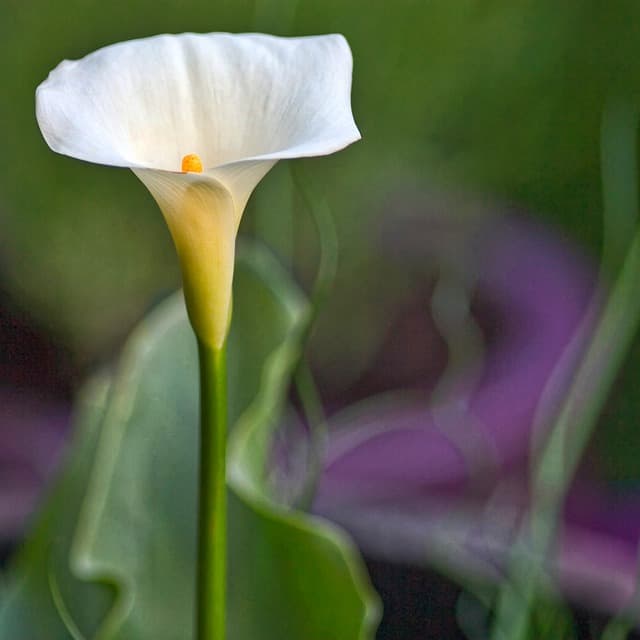
To encourage robust growth and stunning blooms, regular fertilization is essential when planting calla lilies.
Choosing the Right Fertilizer
A balanced, slow-release fertilizer applied at the beginning of the growing season can provide the necessary nutrients that promote blooming. A composition with equal parts nitrogen, phosphorus, and potassium (N-P-K) works well. Fertilize again in mid-summer as blooming begins to enhance flower production.
Organic Options
If you prefer organic options, consider using compost or organic fertilizers such as fish emulsion or seaweed extract. These nutrient sources can provide long-lasting benefits without the risk of chemical runoff.
Companion Planting
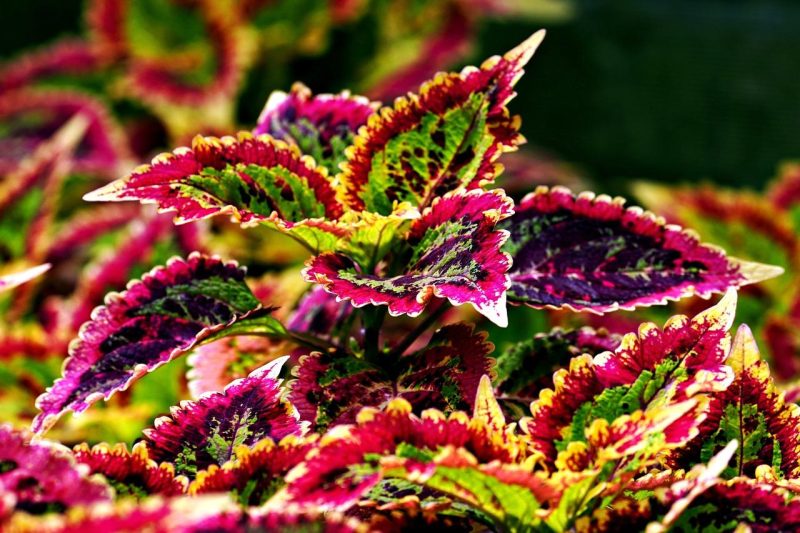
Planting companion plants alongside your calla lilies can enhance growth and deter pests. Consider these strategies for creating a more harmonious garden.
Ideal Companions
Some excellent companion plants for calla lilies include:
Ferns: They thrive in similar conditions and can provide a contrasting texture.
Daylilies: Their vibrant blooms complement the calla’s elegance without competing for nutrients.
Coleus: Adding colorful foliage can enhance the visual appeal of your garden bed.
Avoiding Competition
Be cautious when choosing companions, as some plants may compete for resources like light and water. Tall, shade-producing plants may block sunlight from your calla lilies, impacting their overall health.
Seasonal Care and Maintenance
Seasonal care for your calla lilies is critical to ensure they remain vibrant throughout the growing season. Keep these maintenance tips in mind as you plan where to plant your callas.
Spring Planting
In spring, as temperatures begin to warm up, it’s time to plant your calla lilies. After the frost has passed, prepare your planting area by amending the soil and following spacing guidelines.
Summer Watering and Fertilizing
Keep a close eye on watering needs throughout the summer months. As blooming occurs, increase your fertilization frequency to support lush growth and abundant flowers.
Fall Cleanup
As the temperatures begin to cool in the fall, it’s important to prepare your calla lilies for dormancy. Remove any dead foliage and debris. For areas that experience frost, dig up the tubers once the leaves have died back and store them in a cool, dry place. This will protect them during the winter months until they are ready to be replanted in spring.
Addressing Pests and Diseases
Being aware of potential pests and diseases can help you manage any issues that arise while growing calla lilies.
Common Pests
Common pests that may target calla lilies include aphids and spider mites. Regularly inspecting your plants for signs of an infestation will help you tackle problems early. Use insecticidal soap or neem oil as a natural treatment, ensuring you follow instructions for safe application.
Diseases to Watch For
Fungal diseases such as root rot and powdery mildew may affect calla lilies, particularly in overly moist conditions. Proper watering practices and ensuring good airflow will help mitigate these risks. If you notice diseased plants, remove and dispose of them promptly to prevent further spread.





